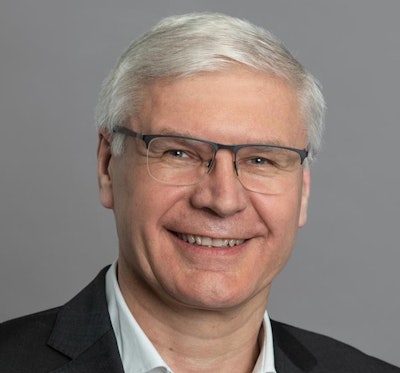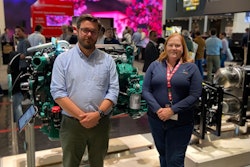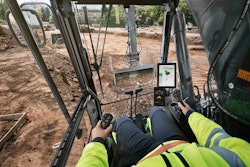
Our team was happy to talk with Wilfried Aulbur, senior partner, Roland Berger, about our industry in 2022 and what to expect heading into 2023.
What were some of the bigger challenges for OEMs in 2022?
The bigger challenges for OEMs in 2022 included heightened volatility, including supply chain issues, the war in Ukraine, geopolitical tensions, inflation, and structural risks and delays. As well, labor was and continues to be a challenge - not only for OEMs & suppliers, but the whole value chain – stemming from rising labor costs, retirement of a qualified workforce, and a mismatch between job and worker locations, and the disparity between worker skills and job openings.
On the positive side, in 2022, electrification has become increasingly more important, along with digitalization, and a continuous shift in customer channels.
In what technological areas do you see the potential for the most innovation looking into 2023?
Electrification, along with additional automation and BIM integration (the latter specific to the construction industry), present huge potential for innovation looking into 2023. We also see more autonomy in agriculture and precision farming, continuous development towards equipment as a service, and potentially hydrogen as big areas of innovation into 2023.
What innovations or improvements do you anticipate in the off-highway industry in 2023?
Movement towards leveraging technology to enable new service models at the dealer level is something that will continue to accelerate. Some lessons learned from recent innovation in the on-road and even passenger car space can potentially be successfully transferred to off-highway. Longer term, we are likely to move towards using the Equipment-as-a-Service (EaaS) model for parts of our sales, similar to what we see in some industrial companies.
Which industries face the most hurdles in the move toward electrification? Automation?
While the path to electrification is clear for Passenger Vehicles, it is somewhat more challenging for Commercial Vehicles and even more challenging for off-highway. Electrification is feasible for a number of Commercial Vehicle use cases. Others may require hydrogen. For off-highway, we see electrification potential up to about ~56 kw. Yet, we need to solve some issues as charging availability at construction sites as well as fast charging mechanisms that are adequate for high-energy density off-highway applications.
For automation, there has been significant success in Agriculture, with the first autonomous tractors in commercial operation. We also have a need to automate major parts of the agricultural value chain as labor force shortage is acute, e.g., for harvesting or harvest-assist operations in specialty crops. Here we see the off-highway space ahead of commercial vehicles and passenger vehicles, as edge cases and safety concerns are easier to manage in off-highway environments.
Do you perceive that most OEMs recognize and respect their roles as stewards of the climate?
OEMs today cannot shy away from their responsibility towards the climate. Pressure by governments, customers and the public at large is too great to be able to operate under the assumption of business as usual. Yet, understanding the company’s impact on the environment via Scope 1, 2 and 3 emissions, identifying the right emission reduction targets for the company and developing robust implementation plans are difficult undertakings that take commitment, resources and time. We are talking about a major organizational transformation of the company that is inevitable but needs to be managed properly taking into account a large number of internal and external stakeholders.
At the same time, this transition is also a great opportunity. New business models open, new ways of engaging with customers emerge, new partnerships are possible. Agile companies that know how to design and maintain successful partnership are likely winners in this environment.
What will be the biggest challenge in 2023 for OEMs and the industry in general?
Geopolitical uncertainty, currently driven by the escalating war in Ukraine, is a major challenge going into 2023 and beyond. We are seeing a potential realignment of global power positions, and this will continue to create uncertainty and upheaval in the mid- and maybe even in the long-term.
Emanating from these crises are economic impacts. The food production crisis in Ukraine and Russia impacts grain availability globally and particularly in poorer countries. The rapidly escalating cost of energy threatens the industrial footprint in Europe. It also puts pressure on the lower income groups in Europe which will need to be addressed. A recession in Europe is unavoidable, a mild recession in the US rather likely. All of this will reflect in construction activity in 2023 and impact construction equipment order books.
In short, volatility, uncertainty, complexity and ambiguity are here to stay. Consequently, we need to take the learnings from the semiconductor crisis, the Russia/Ukraine war, the supply chain crisis and ensure that they become part of our organizational fabric. We need to develop a robust organization that can react to unexpected disruptions in an agile way while keeping its eye on its original mission. This requires a company-wide transformation along culture, processes, systems and organizational design. I am convinced that there is no alternative to this.
Check out the full report.




















